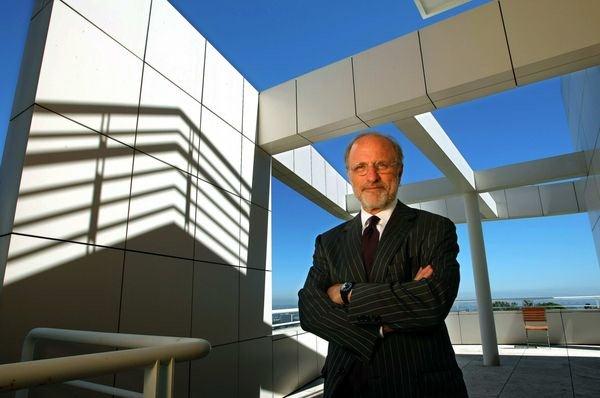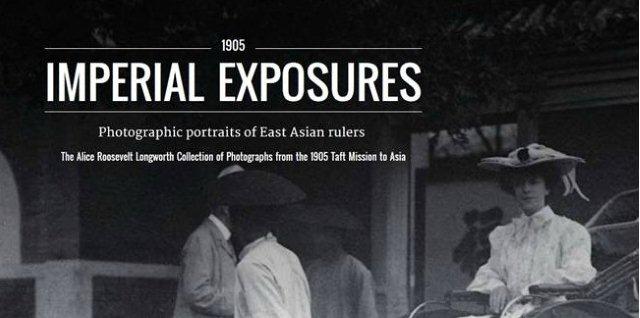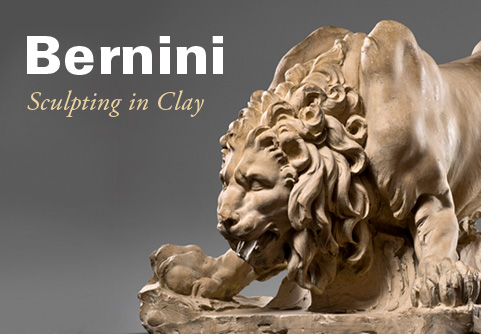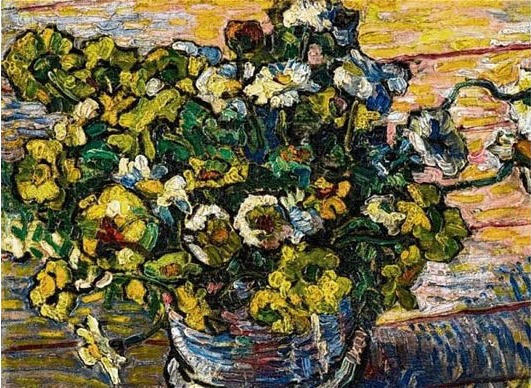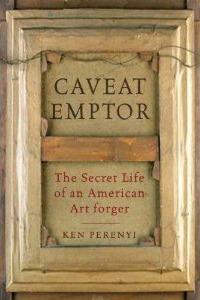While I was checking around on museum websites the other day to see which ones would be open on Jan. 1 and which would not, I noticed that many museums have updated their websites in recent months, mostly for the good. Â Some have been radically redesigned and show off their art handsomely. A few look a tad corporate to me. And everyone’s got moving images (which is bad news only if they take a long time to load).
 But I noticed two big deficiencies. On some, it’s actually hard to find out visiting hours and, worse, admission fees. In a few cases, to find hours, I had to click three or four times to get to the page with information. For admission fees, some museum make visitors to their website go to the “Buy Tickets” section even before they disclose the cost of admission. That’s inexcusable, and I’d bet those museums have people turning away before they get there to find out the number.
But I noticed two big deficiencies. On some, it’s actually hard to find out visiting hours and, worse, admission fees. In a few cases, to find hours, I had to click three or four times to get to the page with information. For admission fees, some museum make visitors to their website go to the “Buy Tickets” section even before they disclose the cost of admission. That’s inexcusable, and I’d bet those museums have people turning away before they get there to find out the number.
This isn’t just my feeling: though I could not find a study of museum patrons, I did see a recent longitudinal study of the “mobile preferences” of arts patrons (admittedly, phones are not the only way people access museum websites, but it is one big way) by an arts consultant called Group of Minds, which appears to have focused on performing arts groups (it’s unclear). Group of Minds contacted 45,000 patrons of half-price/discounted ticket email lists in six cities. The survey received a response rate of 4.3%.
Group of Minds discovered that “Seventy percent of respondents said they would use their phone to look up arts events if given the opportunity, up from 45% in 2009.” And what the respondents wanted most was logistical information: address and directions to the event, parking information, and the like. You can read the whole survey here.
I can’t think of why it would be different for museums — people need easy access to logistical information.
My second beef is personal: it’s about the press links. Many don’t have a press office listed on the home page, where it belongs. Some museums do not disclose the names or phone numbers of their press representatives. There may be a general phone number, which inevitably leads to voicemail, and a general info@… or pressoffice@… email contact. Sometimes not even that.
Past press releases — forget about it. There might be the last half-dozen, say, but when I need to check something that happened a few years ago… no dice.
I find this lack of access hard to believe. I know press offices get nuisance calls from people who are not in the media. Guess what? So do reporters and people in other occupations.
Time was when reporters could put in a call or send an email and wait for an answer from someone… anyone. That’s over. Chances are, if I can’t get a name and contact point on your website, I’m moving on to the next museum, unless I absolutely need to start searching on the web for an old contact name. I don’t think I’m alone. If you want press — and the number of emails I receive suggests that you do — try to be a little more open with what you put online, please. Thank you.
Photo Credit: Courtesy of Nitin360

